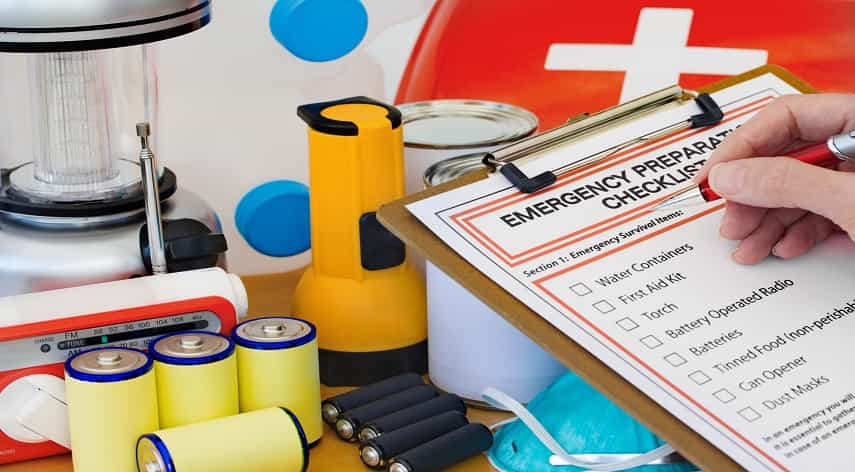5 Tips for Responding to an Emergency Situation

How prepared are you and your family if you find yourself in an emergency situation?
Probably not as much as you should be. Everything in life is subject to an emergency, such as getting laid off, getting into an accident, walking in on a home intruder, or being faced with the unknown.
If you are looking for ways, here are several ideas to help you be more prepared.
Table of Contents
Toggle1. Assessing the Situation Quickly
When responding to an emergency situation, it is critical to assess the situation quickly. If it is safe, you can then check the injured person. Check their vitals, pay attention to any body language, and take note of any unusual behavior.
If necessary, ensure the person’s safety or shield them from further danger. Then, assess other circumstances, such as the presence of fire or hazardous materials.
Determine the extent of the emergency and figure out the best course of action to manage it. Be sure to follow first aid protocols to give the best care possible. You can visit website of My CPR Now online for high-quality course material for first aid certification, which is beneficial during an emergency.
2. Assigning Roles
Designating roles as soon as possible to help prevent confusion in the midst of the crisis. You should create an organized command structure and be able to assign tasks based on each individual’s skill set.
Be aware of their team’s limitations and capabilities. This will help ensure that the right people are appropriately assigned roles and that each team member knows what they are responsible for.
3. Stay Calm
In an emergency, panic, and chaos can quickly take over, and it is essential to be able to stay in control and make rational decisions. Taking a few deep breaths and remaining focused on the task at hand can help to identify and carry out key tasks.
Being able to stay calm and collected also boosts the morale of those around, instilling a sense of calm that is contagious. This will make the whole process quicker and smoother, helping to resolve the situation before it escalates.
4. Collecting Signs of Stress and Trauma
In an emergency situation, individuals often display physical signs such as trembling, rapid breathing and heart rate, and a feeling of exhaustion. Pay attention to facial expressions and the body language of the person, as it can tell if they are feeling scared or overwhelmed.
Observe the voices of individuals, as a change in tone or volume can show that they are feeling tense. Interviews may provide insight into the traumatic events that took place beforehand. Be aware of any mental health issues that may have occurred to the individual during or before the emergency situation.
5. Use Resources
Activate proper emergency response teams, including local emergency services such as fire and police, if necessary. After that, look for helpful resources such as trained personnel, medical devices and other resources that can be used in responding to an emergency. Communicate the incident to all stakeholders and provide regular updates as needed.
Preparation Is Better Than a Solution in an Emergency Situation
Preparation is key in an emergency situation, as it allows you to focus on preventative measures rather than reactive attempts at recovery. Planning ahead can help you avoid or limit the damage caused by an emergency and even save lives.
Knowing what to do and having the materials needed to respond to an emergency can be the difference between life and death. Take time today to prepare for potential emergency scenarios.
For more informative articles like this, check out our other blogs.
Pankaj Majumder, a seasoned Civil Engineer, combines technical expertise with a passion for innovative infrastructure solutions. With a strong academic background and diverse project experience, he excels in creating sustainable and resilient structures that shape the future of urban development.
Recommended For You
Spread the loveAre you worried about passing a nail follicle drug test? Rest assured, you’re not alone. Many people find
Spread the loveThe anticipation, the excitement, the moment of revelation – gender reveal parties have become a cherished tradition for
Spread the loveLooking to book a memorable date with your significant other? Consider taking a stylish couples vacation. You’ll find a variety of


